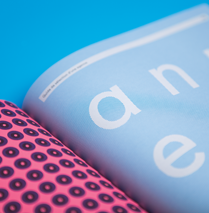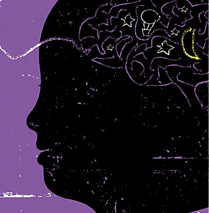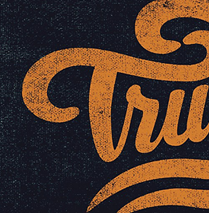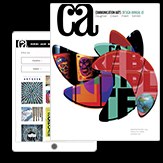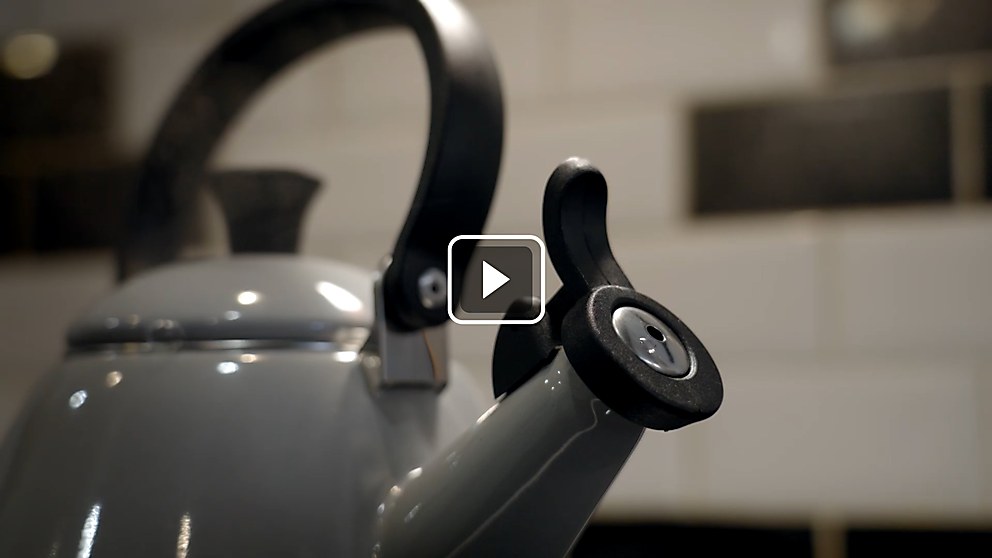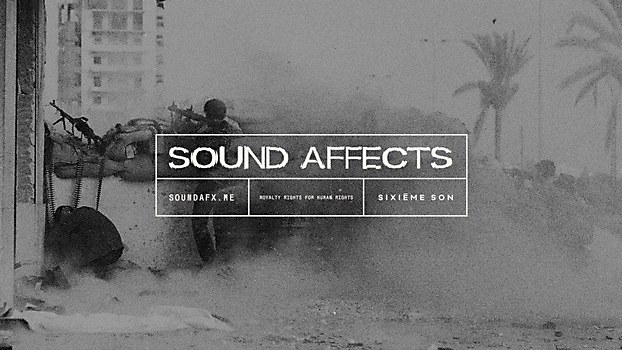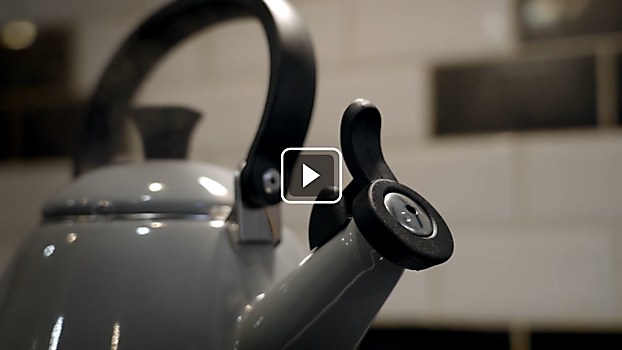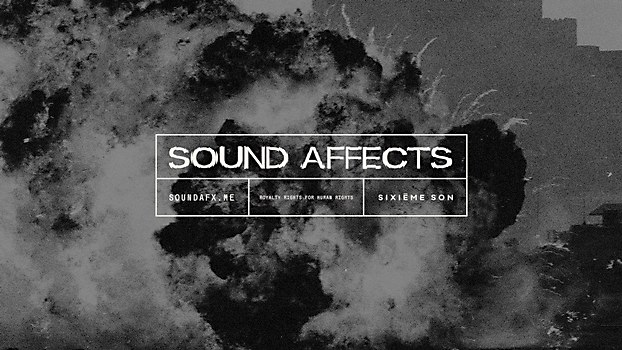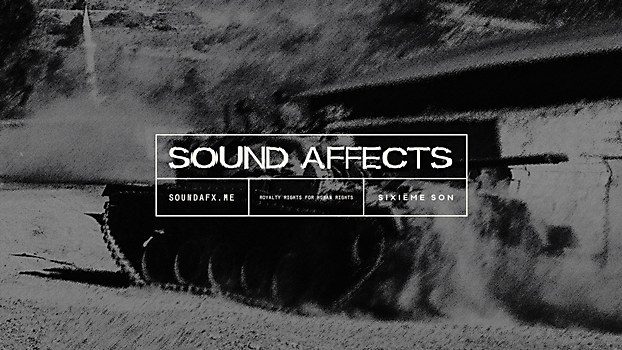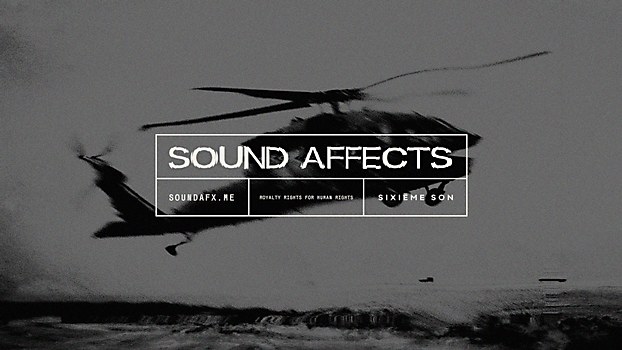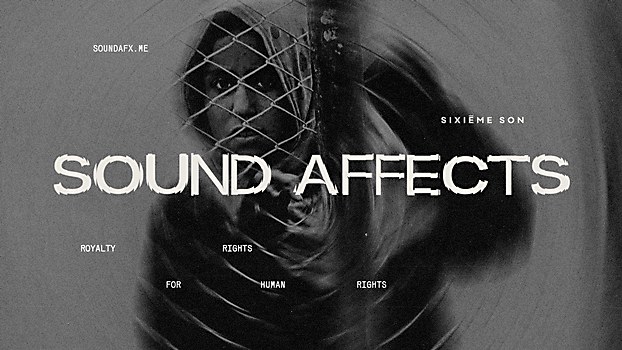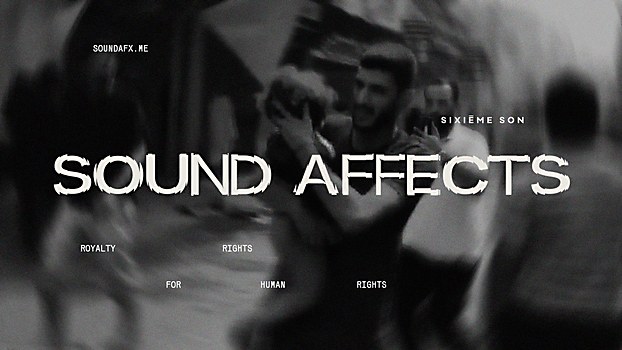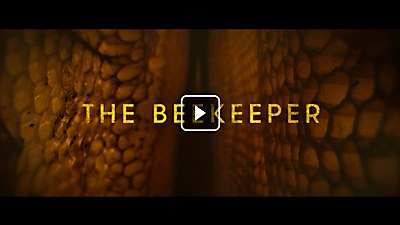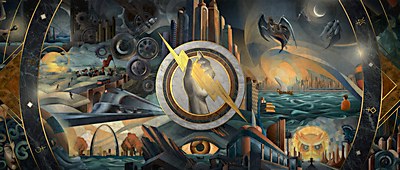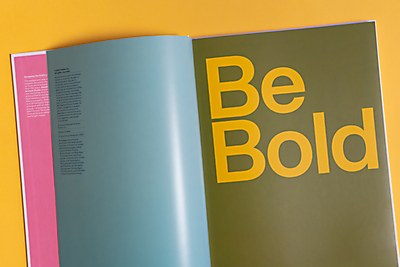Responses by Bruno Barbosa, senior creative director; and Sebastien Boutebel, chief creative officer, Saatchi & Saatchi Middle East.
Background: “Studies say that four out of five PTSD episodes are triggered by sounds; we also know that up to 90 percent of victims of conflict suffer from PTSD,” says Bruno Barbosa. “With this in mind, we launched our campaign to help victims from conflict zones own their trauma by re-creating sounds of conflict from everyday items that trigger their PTSD. These sounds were made available on our audio library soundafx.me for the media, entertainment and production communities to download and use in movies, TV productions or music videos, among other media.”
Design thinking: “It’s hard for victims of conflict to get access to help,” Barbosa says. “While there are multiple organizations that offer PTSD support, funds are scarce and often run out. The media, entertainment and production communities constantly download sounds for their productions, which is why we decided to launch this audio library. With all proceeds of the library going to nongovernmental organizations (NGOs) supporting victims of conflict zones, we created a sustainable, long-lasting donation mechanic that can continue to do good for a long time to come.”
Challenges: “These sounds could have been created digitally, but to be authentic and true to the idea, we decided to re-create all the sounds entirely from everyday items,” says Sebastien Boutebel. “We had to do a lot of research to find out what sounds are triggers. Even more effort went into experimenting with these mundane items and crafting the sounds to get them just right. That’s how we learned that, to someone with PTSD, an electric razor can sound like a drone, a sewing machine can sound like a machine gun and a washing machine can sound like a rolling tank.”
Favorite details: “This isn’t a one-time campaign; it’s a sustainable donation mechanic that will create a new source of income and continue to fund NGOs for a long time to come,” Boutebel says. “That’s the power of this idea. It goes beyond being a call for help. It allows companies to enhance their creative projects while also contributing to the healing journeys of those affected by PTSD, helping them to do some good with every project, however small.”
New lessons: “We learned that escaping conflict is just the beginning. Escaping the trauma that follows is another uphill battle,” Boutebel states. “We were already aware about sonic trauma and sound triggers and how they affect victims of conflict. What we learned through multiple interviews and discussions with victims is just how painful and life-changing it is for them.”
Specific project demands: “We could have created these sounds digitally, but it was an absolute must for us to stay true to the idea and re-create them from mundane items—with the help of foley artists,” says Boutebel. “This, of course, made the process a lot harder. But it was important that we put that extra effort and truly show how sounds have the power to make a difference.”



